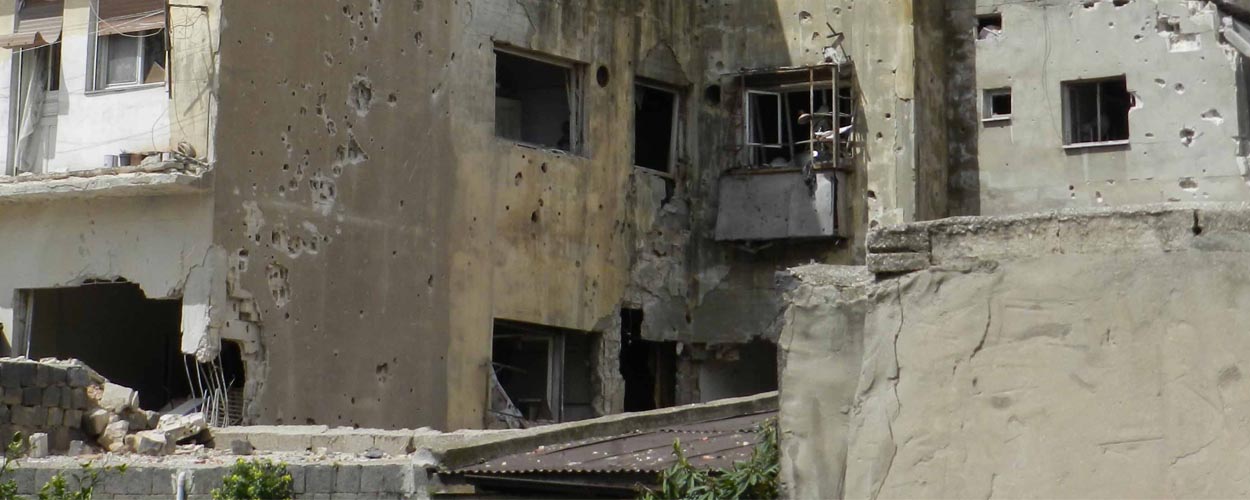Workmen throughout Syria are erecting bronze, stone, and concrete statues in what the government calls “liberated areas.” Some of the monuments are newly cast, while others have been in storage since the conflict began in 2011. At that time, protesters in rebellious cities like Dera’a and Homs were desecrating the sculptures of longtime president Hafez al-Assad, his successor Bashar, and Bashar’s older brother, Bassel, the designated heir who died before ascending the throne. It was perhaps an omen of the rebellion’s destiny that popular legend had a massive bust of Hafez in Idlib killing two demonstrators as it crashed to earth. Seven years on, the effigies, like the regime they embody, are back. The war isn’t over, but the postwar era has begun.
Outright victory remains elusive. The Syrian army controls about 60 percent of the land and 80 percent of the resident population of about 16.5 million people, leaving three sectors of the country yet to be “liberated”:
• Northern Aleppo province and the adjoining provinces of Afrin and Idlib near the Turkish border in the north, where the Turkish army and an estimated 70,000 insurgents rule about three million Syrians.
• The northeast beyond the Euphrates River, controlled by a largely Kurdish militia that depends for its survival on the estimated two thousand American Special Forces troops that Donald Trump recently promised to withdraw before changing his mind and committing them to longer duty in Syria.
• A twenty-one-square-mile “red zone” the US declared around its military base in the southern desert at Tanf village, near the intersection of Syria’s borders with Jordan and Iraq, which may revert to government control if Trump closes the base.
The Assad regime faces two tasks, neither easy: stabilizing, governing, and reconstructing the regions under its dominion; and clawing back the rest of the country. While waiting for the Turks, Americans, and jihadis to leave, the state is concentrating on the first objective.
“The big victory is not in war,” a professor at Damascus University told me, “but in peace.” The government must rebuild more than statues with money it does not have if it is to secure peace and a semblance of the status quo ante 2011. Foreign powers who backed Assad’s opponents for nearly eight years could be convinced to provide some funding, but only if he accepts reforms that would make him vulnerable to being replaced. “Assad didn’t step aside for peace when he was losing, and he is not going to step aside for money now,” observed an ambassador with long experience in Damascus. United Nations special envoy Staffan de Mistura, before the Norwegian diplomat Geir Pedersen succeeded him, conveyed Western conditions for aid that include a new constitution, internationally supervised elections, and an end to corruption…
This is exclusive content for The New York Review of Books subscribers only – subscribe here for immediate access!










